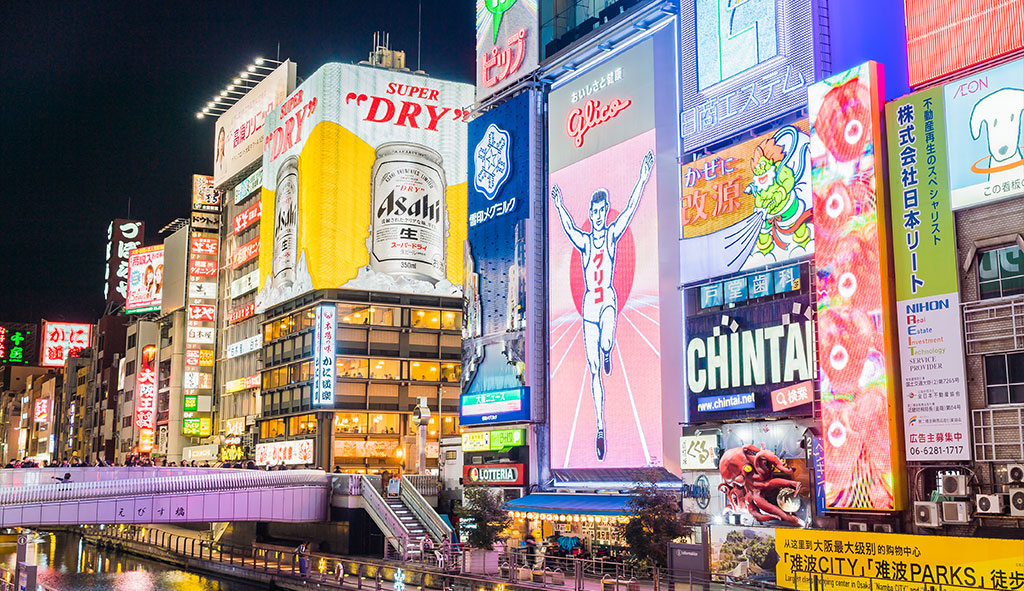Sometimes, no matter how hard we try, we can’t find the words to say exactly what we mean. When we finally do find the perfect words, they may not be easy to translate. Idioms, cultural differences, puns. Not all language choices can translate word for word while maintaining their original meaning. This struggle is particularly true with creative language. Marketing campaigns are one area in particular in which this struggle often applies. The wit, creativity, and snappiness of marketing copy may be difficult to translate properly. The solution? Transcreation.
Why is transcreation necessary?

The term transcreation combines two words. It is a meshing of translation and creation. Most commonly, those who work in marketing and advertising use this term. Transcreation can help duplicate marketing messages in a way that hides the fact that translation occurred. Ideally, this process will provide the audience with the same emotional response they would have obtained from the source message.
Culture plays a large role in making an advertisement successful. Ensuring that all marketing materials feel as if they were specifically designed for the culture they’re targeted at is important. Advertisers must make their audience feel a certain way. Unlocking what is important to them culturally, will make that process much easier.
How is transcreation used in marketing?
Globalization has led to many companies spreading their marketing campaigns to other countries, which can require running campaigns in multiple languages. Because language is so intertwined with culture, it’s important that marketers hire professional transcreators to assist with the transcreation process. A transcreator is usually a professional translator who is skilled in creative writing.
What may seem like a direct translation could actually lose the essence of what made the source copy so effective from a marketing perspective. Slogans that contain metaphors, similes, rhyming, wordplay, or alliteration, are examples of why transcreation is so important. Those creative writing techniques won’t necessarily translate literally into other languages.
What are the challenges of translation in marketing?

When moving into a foreign market, there are three options for advertisers. Translate an existing campaign, run new campaigns locally, or run an international campaign in English. If a marketing team chooses to go the translation route, they must incorporate transcreation into their process. Transcreation can be difficult and entail more work than a direct translation, but it’s worth the extra time commitment. When an ad agency or marketing team neglects to hire a professional translator for this process, they may end up with underwhelming results in foreign countries. Potentially their entire campaign can fail or cause scandal.
Pepsi is an unfortunate example of the dangers of skipping transcreation in marketing. Between 1963 and 1967, Pepsi attempted to market its products in China. The slogan they used in English-speaking countries was “Come alive with Pepsi”. However, when they tried to translate that English text into Chinese, the outcome was disastrous. The Chinese translation ended up as “Pepsi brings your ancestors back from the dead.” Not exactly a crowd pleaser. For a product to successfully enter a new market, all aspects of its marketing campaign need to adapt to the target culture.









